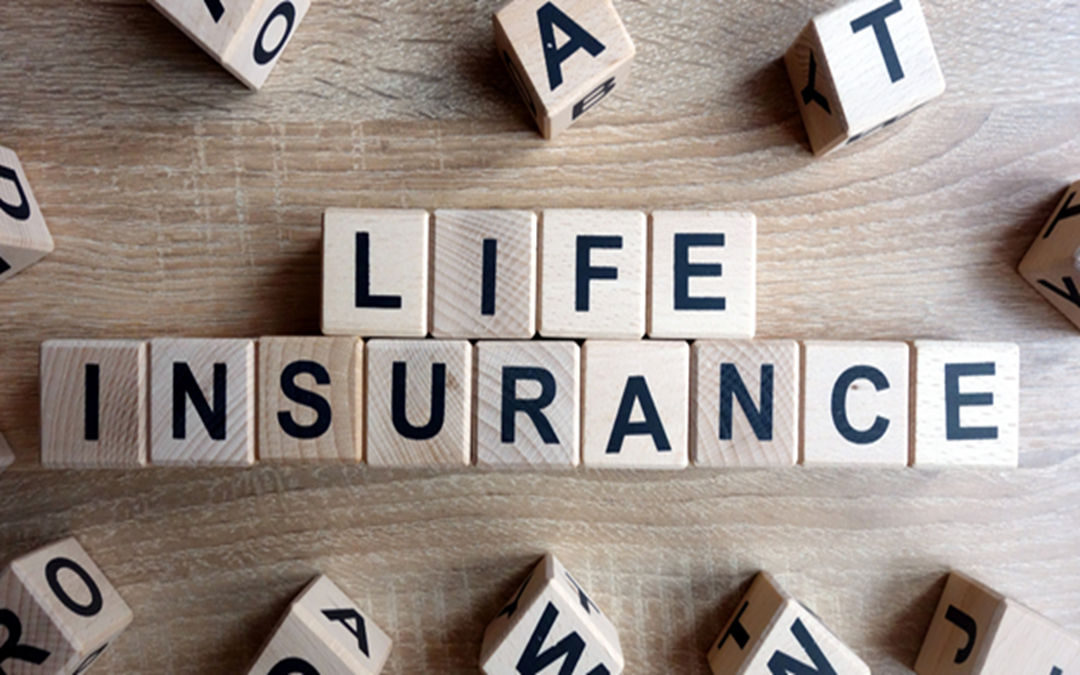The Ultimate Guide To Pacific Prime
Wiki Article
What Does Pacific Prime Mean?
Table of ContentsPacific Prime - Truths5 Simple Techniques For Pacific PrimeGet This Report on Pacific PrimeThe Definitive Guide to Pacific PrimeGetting My Pacific Prime To Work

This is because the data were gathered for a duration of strong financial performance. Of the estimated 42 million people that were uninsured, almost about 420,000 (concerning 1 percent) were under 65 years of age, the age at which most Americans end up being eligible for Medicare; 32 million were adults between ages 18 and 65, about 19 percent of all adults in this age team; and 10 million were children under 18 years old, about 13.9 percent of all children (Mills, 2000).
These quotes of the variety of persons uninsured are created from the annual March Supplement to the Present Populace Study (CPS), carried out by the Census Bureau. Unless or else noted, national estimates of people without medical insurance and proportions of the population with various sort of protection are based upon the CPS, the most commonly made use of resource of price quotes of insurance protection and uninsurance prices.
How Pacific Prime can Save You Time, Stress, and Money.

Still, the CPS is specifically valuable since it creates annual estimates relatively rapidly, reporting the previous year's insurance policy protection estimates each September, and because it is the basis for a regular collection of estimates for greater than 20 years, permitting for evaluation of trends in coverage over time. For these factors, in addition to the substantial use the CPS in other studies of insurance policy protection that are offered in this record, we count on CPS estimates, with constraints kept in mind.

The estimate of the variety of uninsured individuals broadens when a population's insurance condition is tracked for several years. Over a three-year duration starting early in 1993, 72 million people, 29 percent of the united state populace, were without protection for at least one month. Within a single year (1994 ), 53 million people experienced a minimum of a month without insurance coverage (Bennefield, 1998a)
Six out of every ten uninsured grownups are themselves employed. Working does enhance the likelihood that one and one's household participants will certainly have insurance, it is not an assurance. Also members of households with 2 full time breadwinner have virtually a one-in-ten chance of being without insurance (9.1 percent uninsured rate) (Hoffman and Pohl, 2000).
The Buzz on Pacific Prime
New immigrants represent a substantial percentage of individuals without medical insurance. One analysis has actually associated a substantial section of the recent growth in the dimension of the U.S. without insurance populace to immigrants who arrived in the country in between 1994 and 1998 (Camarota and Edwards, 2000). Recent immigrants (those that came to the USA within the past 4 years) do have a high rate of being without insurance (46 percent), yet they and their kids account for just 6 percent of those without insurance coverage country wide (Holahan et al., 2001).The partnership in between medical insurance and accessibility to care is well developed, as recorded later on in this chapter. Although the partnership in between health insurance policy and health and wellness outcomes is neither direct nor straightforward, a substantial medical and wellness solutions research literature links medical insurance coverage to better accessibility to care, better top quality, and Source enhanced personal and populace wellness status.
Levels of analysis for examining the impacts of uninsurance. It concentrates particularly on those without any kind of health and wellness insurance policy for any type of length of time.
Some Known Facts About Pacific Prime.
The problems faced by the underinsured are in some aspects similar to those encountered by the uninsured, although they are usually much less severe. Health and wellness insurance coverage, nevertheless, is neither essential nor adequate to acquire accessibility to medical services. The independent and direct result of health and wellness insurance coverage on access to wellness services is well developed.
Others will get the healthcare they require even without medical insurance, by spending for it out of pocket or seeking it from service providers that provide care free or at extremely subsidized prices. For still others, medical insurance alone does not make certain receipt of treatment due to various other nonfinancial barriers, such as an absence of healthcare service providers in their neighborhood, minimal access to transport, illiteracy, or linguistic and cultural distinctions.
Pacific Prime Fundamentals Explained
Official research regarding without insurance populations in the United States dates to the late 1920s and early 1930s when the Committee on the Expense of Treatment produced a series of reports regarding funding medical professional workplace check outs and hospital stays. This issue became prominent as the numbers of medically indigent climbed throughout the Great Clinical depression.Report this wiki page